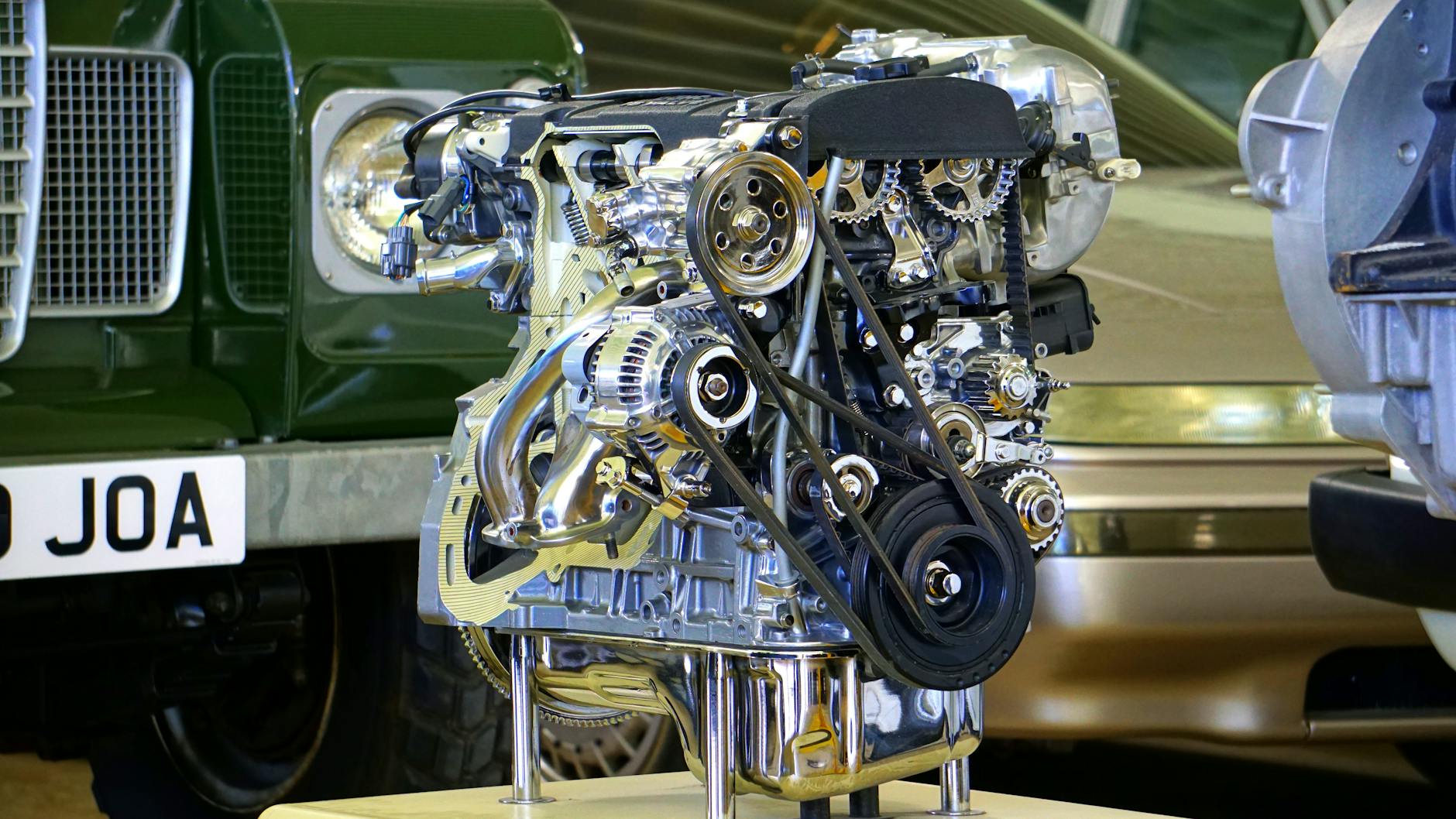Horse racing is an equestrian performance sport that captivates audiences worldwide. This thrilling sport involves jockeys riding majestic horses over a set distance in a fierce competition. Dating back centuries, horse racing holds a rich history and remains a significant cultural phenomenon in the world of sports. The thundering of hooves, the adrenaline rush, and the sheer display of athleticism make horse racing a spectacle that continues to enthrall fans and participants alike. Whether it’s the prestigious races like the Kentucky Derby or the adrenaline-fueled sprint races, horse racing truly embodies the spirit of competition and passion. Get ready to dive into the world of horse racing and discover the allure that has made it a timeless and beloved sport.
History of Horse Racing
Horse racing has a rich history dating back centuries, with roots tracing back to ancient civilizations such as the Greeks and Romans. Over time, this exhilarating sport has evolved into a global phenomenon, captivating audiences worldwide with its speed, grace, and competitive spirit.
Key Events in Horse Racing History
Throughout history, several key events have significantly influenced the development of horse racing. One of the most iconic races is the Epsom Derby, first run in 1780 in England, setting the standard for flat racing. The Kentucky Derby, inaugurated in 1875 in the United States, is another landmark event that showcases the best of American Thoroughbred racing.
Innovation in horse racing technology, such as the introduction of the starting gate and photo finish camera, has revolutionized the sport, enhancing fairness and accuracy in determining race outcomes. These pioneering advancements have shaped the modern landscape of horse racing, both in terms of competition and spectator experience.
Impact of Horse Racing on Culture
The influence of horse racing extends beyond the racetrack, permeating various aspects of culture globally. Artistic expressions inspired by the beauty and power of horses have graced countless paintings and sculptures, capturing the essence of this dynamic sport. Writers and poets have drawn inspiration from the drama and intensity of horse races, infusing their works with themes of triumph and perseverance.
Moreover, horse racing has left its mark on fashion, with iconic events like the Royal Ascot in the UK setting trends in elegant attire and accessories. The sport’s fusion of athleticism and elegance has made it a symbol of sophistication and prestige in many societies, reflecting a deep-rooted connection between horse racing and cultural identity.
Types of Horse Racing
Horse racing is a diverse sport that encompasses various disciplines, each with its own unique characteristics and fan base. Let’s explore some of the different types of horse racing that captivate both spectators and participants alike.
Differences Between Flat Racing and Jump Racing
Flat racing and jump racing are two prominent forms of horse racing that differ in their course layout and challenges. In flat racing, horses showcase their speed and agility on a straight or oval track without any obstacles. It is a test of pure speed and stamina, where the first horse to cross the finish line wins. On the other hand, jump racing, also known as steeplechase, involves horses navigating hurdles and obstacles such as fences and ditches. Jockeys and horses need not only speed but also agility and jumping ability to excel in jump racing.
 Photo by Jose Ricardo Barraza Morachis
Photo by Jose Ricardo Barraza Morachis
The Popularity of Different Racing Disciplines
Various racing disciplines attract dedicated followers who appreciate the unique aspects of each type of competition. Thoroughbred racing, characterized by its elegant and swift horses, is immensely popular worldwide and often associated with prestigious events like the Kentucky Derby. Quarter Horse racing, known for its short distances and explosive speed, appeals to enthusiasts who enjoy quick-paced races. Arabian horse racing, highlighting the beauty and endurance of Arabian breeds, has a devoted fan base that admires the grace and athleticism of these horses. Each discipline contributes to the rich tapestry of horse racing, catering to a diverse range of preferences among fans and participants.
The Role of Jockeys and Trainers
Jockeys and trainers play a crucial role in the world of horse racing, showcasing their expertise, skills, and dedication in each race. Let’s delve into the training regimens for jockeys and horses and the strategies employed by these professionals.
Training Regimens for Jockeys and Horses
The preparation for jockeys and horses is intense and demanding, aiming to optimize their performance on the track. Jockeys undergo rigorous physical training to maintain peak fitness levels, focusing on strength, agility, and stamina. They also work closely with nutritionists to ensure a balanced diet that fuels their energy for races.
Horses, on the other hand, follow structured training programs tailored by trainers. They undergo a combination of endurance training, sprint work, and practice runs to enhance their speed and endurance. Regular exercise routines and specialized care contribute to keeping the horses in optimal condition for racing.
 Photo by Alimurat Üral
Photo by Alimurat Üral
Strategies Employed by Jockeys and Trainers
During races, jockeys and trainers employ various strategies to give their best performance and maximize the horse’s potential. Jockeys need to make split-second decisions, analyzing the race dynamics and positioning their horse strategically to gain a competitive edge. Clear communication between jockey and trainer is essential to executing race strategies effectively.
Trainers play a pivotal role in developing race tactics and fine-tuning the horse’s performance. They assess each horse’s strengths and weaknesses, devising training plans that emphasize improvement areas. The cohesive teamwork between jockey and trainer is fundamental in achieving success on the racetrack, showcasing the symbiotic relationship they share with the horses.
In the dynamic world of horse racing, the collaboration between jockeys and trainers is instrumental in achieving victory, highlighting the importance of their skills, expertise, and bond with the horses.
Major Horse Racing Events
Horse racing events hold a special place in the hearts of enthusiasts worldwide, showcasing the perfect blend of athleticism, tradition, and adrenaline-pumping excitement. These events are not just races; they are grand spectacles that captivate audiences globally. Let’s delve into the legacy and global impact of major horse racing events that shape the narrative of this beloved sport.
The Legacy of Iconic Horse Races
Prestigious horse racing events like the Kentucky Derby, Royal Ascot, Prix de l’Arc de Triomphe, and the Dubai World Cup are steeped in history and tradition. The Kentucky Derby, known as the “Run for the Roses,” is a symbol of American horse racing excellence, dating back to 1875. Royal Ascot, held in the UK, is a five-day event where royalty and racing enthusiasts come together to witness top-class thoroughbred action.
These iconic races are not just about speed and competition; they embody a rich heritage that resonates with spectators. From the elegant attire to the thundering hooves on the racetrack, each race carries a unique storyline that adds to the allure of the sport. The traditions, such as the playing of “My Old Kentucky Home” at the Derby or the royal procession at Royal Ascot, create an atmosphere of prestige and excitement.
Global Impact of Major Racing Events
Major horse racing events are not confined to national borders; they have a profound global impact, attracting audiences from around the world. These races transcend cultural differences and bring together individuals who share a common passion for equine excellence. The Kentucky Derby, for example, draws viewers from over 100 countries, showcasing the universal appeal of thoroughbred racing.
Moreover, major racing events contribute significantly to the economies of host countries, generating revenue through tourism, hospitality, and betting activities. The influx of international visitors boosts local businesses and creates a vibrant atmosphere around the racecourse. The races serve as a platform for showcasing the best horses, jockeys, and trainers on a global stage, elevating the sport’s reputation and broadening its reach.
The legacy and global impact of major horse racing events underscore the enduring charm and universal appeal of this sport. Whether you are a seasoned racing aficionado or a casual observer, these events offer a thrilling and immersive experience that celebrates the beauty and excitement of thoroughbred racing. Let’s continue to cherish and honor the traditions that make horse racing events an indispensable part of our cultural fabric.
Photo by Martin Damboldt 
Horse Racing Technology and Innovation
In the realm of horse racing, technology has revolutionized various aspects of the sport, enhancing the performance, health, and predictive capabilities within the industry. Let’s delve into two key areas where technological advancements have reshaped the landscape of horse racing.
Advancements in Equine Health and Performance
Technological innovations have played a pivotal role in safeguarding the well-being and optimizing the performance of racehorses. From state-of-the-art monitoring systems to advanced medical treatments, the focus on equine health has never been more paramount. Technologies like wearable devices can track vital signs, movement patterns, and even detect early signs of injury, enabling trainers and veterinarians to provide proactive care.
Moreover, advancements in nutrition science have led to tailored diet plans that cater to individual horse needs, ensuring peak performance and overall health. With the aid of advanced imaging techniques such as MRI and CT scans, veterinarians can diagnose injuries with pinpoint accuracy, enabling timely interventions and rehabilitation programs for a swift recovery.
Data Analysis and Predictive Modeling in Horse Racing
The integration of data analysis and predictive modeling has brought a new dimension to horse racing, offering insights that were once unimaginable. By harnessing the power of algorithms and historical race data, trainers and breeders can make informed decisions on training regimes, breeding strategies, and race tactics.
Predictive modeling tools can assess numerous variables such as track conditions, jockey performance, and genetic lineage to forecast race outcomes with precision. This data-driven approach not only enhances the competitiveness of races but also elevates the efficiency of breeding programs, producing top-tier equine athletes.
Technology continues to push the boundaries of traditional practices in horse racing, ushering in an era of innovation and optimization that benefits both the equine athletes and the industry as a whole. Through a harmonious blend of science and sport, horse racing embarks on a progressive journey towards excellence and sustainability.
Photo by Mike Bird
Conclusion
Horse racing, a timeless equestrian sport, captivates hearts worldwide with its thrilling races and deep-rooted cultural significance. From ancient times to modern-day spectacles, the sport has evolved, embracing technology while honoring its rich history. The dedication of jockeys, trainers, breeders, and spectators fuels this passion, creating an atmosphere of excitement and tradition that transcends generations. As the thundering hooves echo through time, horse racing remains a symbol of excellence, camaraderie, and the unwavering spirit of competition.
